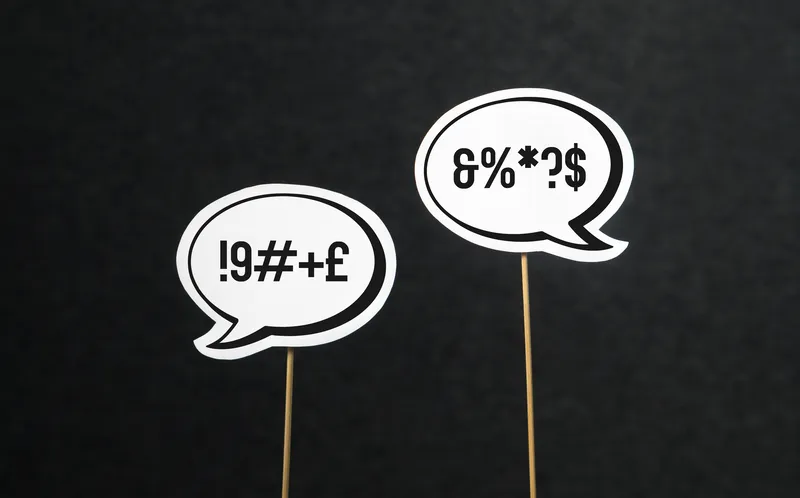HI Sarah how are you doing? HI Sarah how are you doing? HI Sarah how are you doing? HI Sarah how are you doing? HI Sarah how are you doing? HI Sarah how are you doing? HI Sarah how are you doing? HI Sarah how are you doing? HI Sarah how are you doing? HI Sarah how are you doing? HI Sarah how are you doing? HI Sarah how are you doing? HI Sarah how are you doing? HI Sarah how are you doing? HI Sarah how are you doing? HI Sarah how are you doing? HI Sarah how are you doing? HI Sarah how are you doing?
January 11, 2016
Read time: 2 mins

HI Sarah how are you doing? HI Sarah how are you doing? HI Sarah how are you doing? HI Sarah how are you doing? HI Sarah how are you doing? HI Sarah how are you doing? HI Sarah how are you doing? HI Sarah how are you doing? HI Sarah how are you doing? HI Sarah how are you doing? HI Sarah how are you doing? HI Sarah how are you doing? HI Sarah how are you doing? HI Sarah how are you doing? HI Sarah how are you doing? HI Sarah how are you doing? HI Sarah how are you doing? HI Sarah how are you doing? HI Sarah how are you doing? HI Sarah how are you doing? HI Sarah how are you doing? HI Sarah how are you doing? HI Sarah how are you doing? HI Sarah how are you doing? HI Sarah how are you doing? HI Sarah how are you doing? HI Sarah how are you doing? HI Sarah how are you doing? HI Sarah how are you doing? HI Sarah how are you doing? HI Sarah how are you doing? HI Sarah how are you doing? HI Sarah how are you doing? HI Sarah how are you doing? HI Sarah how are you doing? HI Sarah how are you doing?








